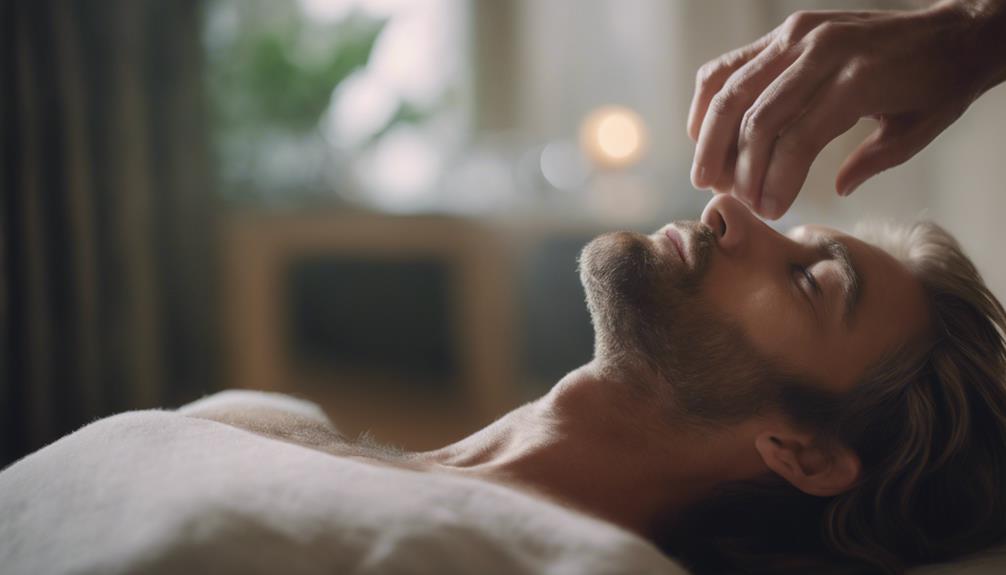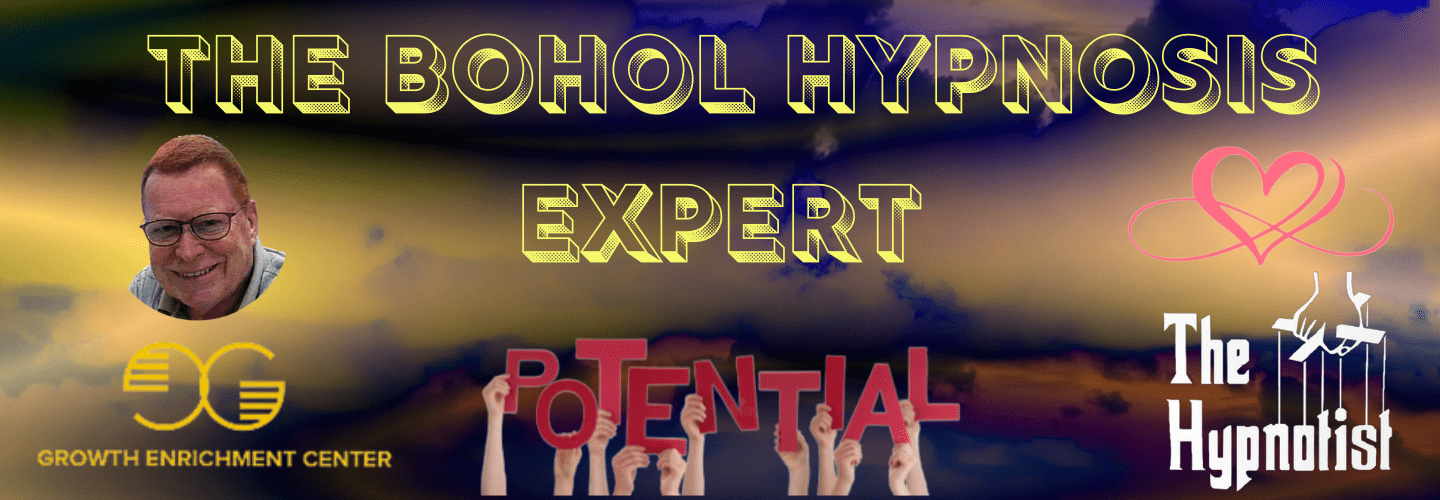
Hypnosis, EFT, and NLP techniques are effective in alleviating fear and phobia related to body hair. These methods access the subconscious mind, offering strategies for relief and transformation. Through guided relaxation, tapping therapy, and NLP tools, individuals can address and overcome their fears. Visualization and mind-body approaches further empower individuals to manage their emotions and confront triggers. These holistic techniques provide a path towards healing and control. Explore how these approaches can help you conquer your fear of body hair and enhance your well-being.
Understanding Body Hair Phobias
Body hair phobias, also known as trichophobia, are characterized by an irrational fear or aversion towards hair on the body. Individuals experiencing this phobia may feel intense anxiety, disgust, or discomfort at the sight or thought of body hair. The key cause of body hair phobias can vary from person to person, often stemming from past traumatic experiences, societal influences, or underlying psychological factors.
Coping mechanisms play an important role in managing trichophobia. Cognitive-behavioral techniques, such as gradual exposure therapy, can help individuals confront and desensitize themselves to their fear of body hair. Relaxation techniques, mindfulness practices, and seeking support from mental health professionals can also aid in coping with this phobia. Understanding the triggers and developing personalized strategies to address the fear of body hair are essential steps towards overcoming trichophobia and reclaiming a sense of control and peace.
Hypnosis for Fear Reduction

Utilizing hypnosis as a tool for reducing fear is a method that offers individuals a structured approach to addressing and transforming their phobias. Hypnosis techniques can be effective in helping individuals overcome deep-seated fears by accessing the subconscious mind and rewiring negative thought patterns. Through guided relaxation and focused attention, hypnosis can assist individuals in confronting their fears in a safe and controlled environment.
Fear reduction strategies employed during hypnosis sessions may include visualization techniques to desensitize individuals to their fears gradually. By visualizing themselves in a calm and relaxed state when confronted with the source of their fear, individuals can reframe their perception and response to the phobia. Hypnosis can also help individuals uncover the root cause of their fear, allowing them to work through underlying issues that may be contributing to the phobia.
EFT Techniques for Healing

Exploring EFT techniques for healing can offer a powerful way to address fears and phobias surrounding body hair. By understanding the basics of EFT tapping and learning how to overcome fear using this method, individuals can take proactive steps towards healing and personal growth.
These techniques provide a practical and effective tool for managing and reducing fear responses related to body hair concerns.
EFT Tapping Basics
When practicing EFT tapping, individuals can learn to apply gentle tapping motions on specific acupressure points to help alleviate emotional distress and promote healing. EFT tapping is a powerful technique used in phobia treatment.
By tapping on meridian points while focusing on the fear or phobia, individuals can disrupt the negative thought patterns associated with the phobia. This process helps to release the emotional intensity linked to the fear, allowing individuals to experience a sense of relief and relaxation.
EFT tapping can be easily learned and practiced independently, making it a valuable tool for managing phobias and anxieties. With regular practice, individuals can empower themselves to address their fears and work towards overcoming them.
Overcoming Fear With EFT
To effectively address fears and phobias, mastering EFT techniques for healing can provide individuals with valuable tools to confront and manage their emotional distress.
Tapping therapy, a key component of EFT, involves gently tapping on specific meridian points on the body while focusing on the fear or anxiety. This technique helps to release blocked energy and reduce the intensity of the negative emotions associated with the fear.
Through consistent practice of tapping therapy, individuals can experience anxiety relief and a sense of empowerment in facing their fears.
NLP Strategies for Transformation

Utilizing Neuro-Linguistic Programming (NLP) techniques can facilitate profound transformations in one’s perception and response to fears or phobias, offering a pathway towards lasting change and empowerment. NLP provides a set of tools and strategies that can effectively reprogram the subconscious mind, enabling individuals to overcome deeply ingrained fears.
Here are some key strategies for transformation through NLP:
- Anchoring Techniques: By associating a specific trigger, or anchor, with a positive emotional state, individuals can learn to access empowering feelings when faced with fear or phobia.
- Reframing: This technique involves changing the way an individual perceives a situation, transforming fear into an opportunity for growth and learning.
- Language Patterns: Through the use of language patterns, NLP helps individuals shift their internal dialogue from one of fear to one of confidence and self-assurance.
Overcoming Fear Through Visualization

Visualization is a powerful tool for overcoming fear by harnessing the mind’s ability to create positive outcomes. Using mental rehearsal techniques, individuals can practice facing their fears in a safe and controlled environment.
Power of Imagery
Harnessing the power of vivid mental imagery can be a transformative tool in conquering fears and phobias related to body hair. Visualization techniques and guided imagery can help individuals reshape their perceptions and responses to body hair, allowing them to overcome their fears gradually.
Here are some ways in which the power of imagery can aid in overcoming this phobia:
- Creating a Safe Space: Visualizing a comforting and secure environment can provide a sense of calmness during moments of anxiety.
- Positive Affirmations: Using imagery to reinforce positive affirmations can boost self-confidence and reduce fear-related thoughts.
- Desensitization: Gradually exposing oneself to images or thoughts of body hair through guided imagery can help desensitize the fear response over time.
Mental Rehearsal Techniques
Mental rehearsal techniques involve mentally practicing scenarios where one confronts and successfully manages their fear of body hair, helping individuals gradually overcome their phobia through visualization. By engaging in this practice, individuals can create a safe space in their minds to confront their fears, desensitize themselves to triggers, and build confidence in their ability to cope.
Visualizing themselves in situations where body hair is present but not causing fear can reframe their perspective and reduce anxiety. Using mental imagery, individuals can imagine themselves feeling calm and in control when faced with their fear, ultimately rewiring their brain to respond differently.
Through consistent use of visualization techniques, individuals can empower themselves to confront and conquer their fear of body hair.
Visualizing Positive Outcome
To overcome fear of body hair, individuals can envision a positive outcome through mental rehearsal techniques, fostering a sense of empowerment and control in confronting their phobia. By incorporating positive affirmations and guided meditation, individuals can reframe their thoughts and beliefs about body hair, replacing fear with confidence.
Mindfulness practices help individuals stay present and focused on the positive aspects of their bodies, reducing anxiety and fear. Relaxation techniques such as deep breathing can further aid in calming the mind and body, creating a conducive environment for visualization.
Through these methods, individuals can gradually shift their perspective on body hair, building resilience and overcoming their fear with a more positive outlook.
Integrating Mind-Body Approaches

By combining the power of the mind with physical techniques, individuals can effectively integrate mind-body approaches to address fear or phobia of body hair. The mind-body connection plays an important role in holistic healing, where emotional and psychological states impact physical well-being. When dealing with fear or phobia of body hair, it is essential to acknowledge the interplay between thoughts, emotions, and bodily sensations.
Integrating mind-body approaches involves techniques such as mindfulness, meditation, and visualization to cultivate awareness and regulate emotional responses related to body hair phobia. These practices can help individuals create a sense of calm and control when confronted with triggers that evoke fear or anxiety. Additionally, incorporating physical strategies like progressive muscle relaxation or deep breathing exercises can further enhance the mind-body connection, promoting relaxation and reducing stress associated with the phobia.
Frequently Asked Questions
Can Hypnosis, Eft, and NLP Be Used to Treat Other Phobias Besides Body Hair Phobias?
Fear management is pivotal in addressing various phobias. Alternative therapies like hypnosis, EFT, and NLP can offer effective solutions for addressing fears beyond body hair phobias. These techniques focus on reprogramming the mind to alleviate phobic responses.
Are There Any Potential Side Effects or Risks Associated With Using Hypnosis, Eft, or NLP for Fear Reduction?
When considering any therapeutic intervention, it is important to understand potential risks and long-term effects. Safety precautions and exploring alternative therapies can provide a thorough approach to fear reduction, ensuring the well-being of individuals.
How Long Does It Typically Take to See Results When Using Hypnosis, Eft, or NLP for Overcoming Body Hair Phobias?
Results when utilizing hypnosis, EFT, or NLP for overcoming body hair phobias can vary. Progress timelines depend on individual factors. Success stories indicate significant improvements in patient experiences. Techniques comparison shows effectiveness, with some individuals noticing changes sooner than others.
Can These Techniques Be Used in Combination With Traditional Therapy or Medication for Phobias?
Utilizing an integrative therapy approach that acknowledges the mind-body connection can enhance traditional phobia treatment. Combining techniques like hypnosis, EFT, or NLP with medication or therapy offers a holistic approach for addressing phobias effectively.
Is There Ongoing Support or Maintenance Required After Using Hypnosis, Eft, or NLP to Overcome Body Hair Phobias?
To maintain progress after treatment for body hair phobias, individuals should consider post-treatment strategies like follow-up sessions for continued support. Engaging in self-care practices and being aware of personal triggers can aid in sustaining positive outcomes.
Conclusion
To sum up, through the use of hypnosis, EFT, and NLP techniques, individuals can effectively overcome their fear or phobia of body hair. These mind-body approaches provide powerful tools for reducing anxiety and transforming negative beliefs.
Through visualization and strategic interventions, individuals can create lasting change and experience a sense of empowerment. Embracing these holistic methods can lead to a greater sense of peace and confidence in one’s own skin.
Take the Next Step
Do not be afraid to reach out to me, Mark E Wilkins, to assist you in any issues you might have. Most Hypnotherapy sessions last 2 hours and EFT Sessions are usually handled with one session. Life Coaching is 45 minute session, once a week. Self-Hypnosis is taught in one session, and lasts a lifetime.
To make an appointment, first listen to the Pre-talk and fill out he Complementary Healthcare Provider Disclosure. The use the Contact Form to request an appointment with the Bohol Hypnosis Expert.
Self-help downloads are available. The self-hypnosis program to teach you how to self-hypnotize is here.





